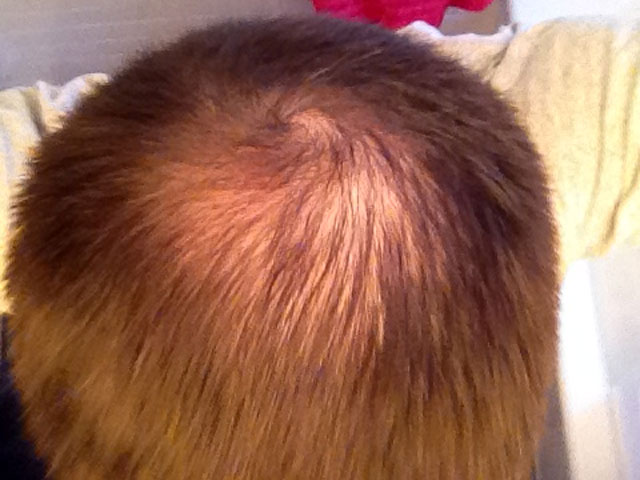Dr Rassman, If you had a male patient who was 43 years old and is only approaching a Norwood 2A pattern, showed to have the balding gene based upon the HairDX testing and showed to have only a 30% chance to respond to Propecia based upon the HairDX, would you still advise the patient still continue taking Propecia. Also has father who is a NW7 and started balding at 18.
Secondly, would he still be a good candidate for a hair transplant to thicken the hairline even if he may not respond well to Propecia? My doctor advised me to continue taking the Propecia. Would you do the same?

I am not your doctor and you need to discuss your treatment option with the doctor who ordered the HairDX test. Is a 30% chance a worthwhile investment for you to take a pill a day? You can discuss your risks and benefits with your doctor.
I would not know if you would be a good candidate for hair transplant surgery because I do not know what you want or what your goals and expectations are, as I have not examined you. If you indeed have a Norwood class 2A pattern of “balding”, I would doubt that you are a candidate for a hair transplant at your age, but I would have to see you (or at least see some good pictures) before drawing any conclusions.
Hair transplantation is an elective cosmetic surgery. If want to lower or thicken your hairline and change your look that is your prerogative, but your response to Propecia and your candidacy for surgery are not related. The hair transplant surgeon’s job is to guide you, give you realistic expectations, and an overall Master Plan.

